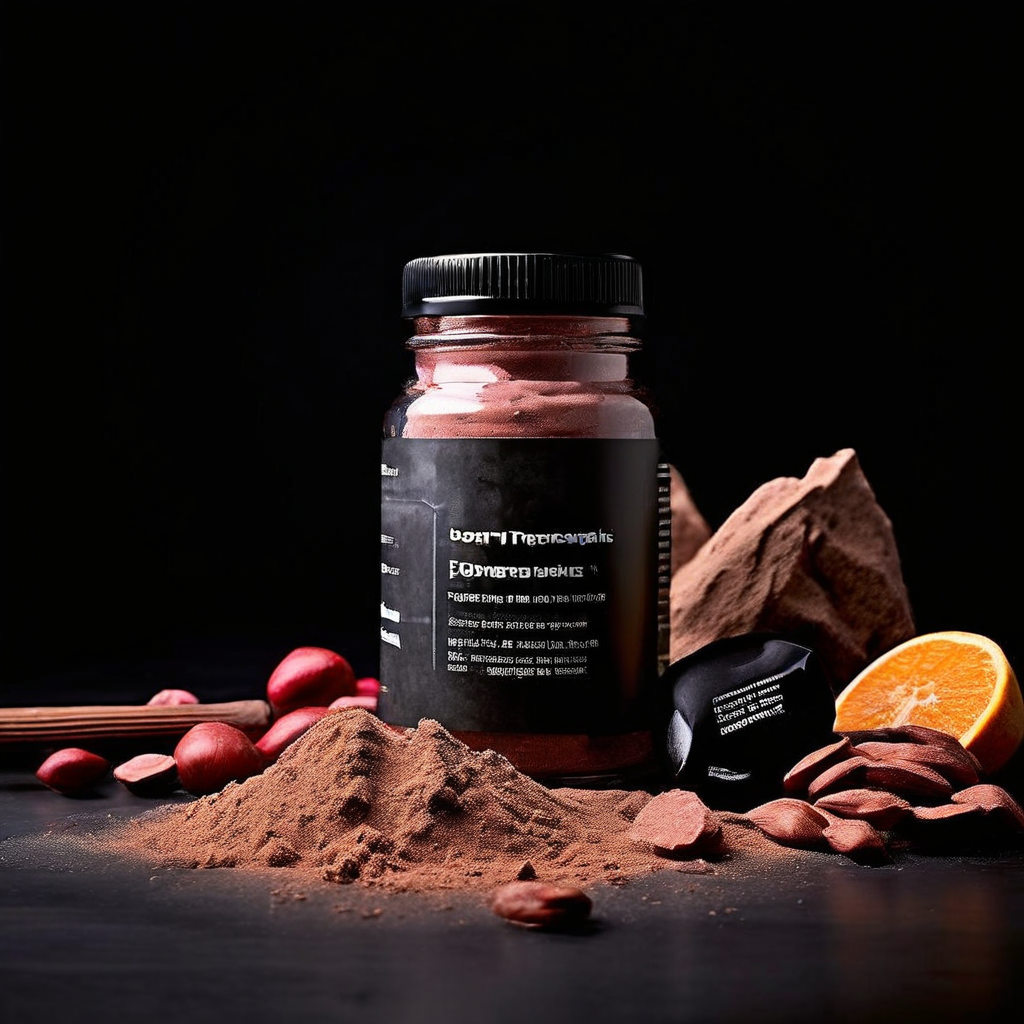Creatine is a well-known supplement in the fitness and bodybuilding industry, celebrated for its benefits in increasing muscle mass, improving strength, and enhancing exercise performance.
While the most common form of creatine is creatine monohydrate, several other types have emerged on the market, each claiming unique benefits.
In this article, we’ll explore the different types of creatine available, how they work, and which one might be the best for muscle growth.

Understanding creatine and its benefits
Creatine is a substance found naturally in muscle cells. It helps your muscles produce energy during heavy lifting or high-intensity exercise.
Supplementing with creatine can increase the phosphocreatine stores in your muscles. The benefits include:
- Enhanced strength and power
- Increased muscle mass
- Faster recovery during and after exercise
- Improved high-intensity exercise performance
Types of creatine
Here are the most common types of creatine used in supplements:
1. Creatine monohydrate
Creatine Monohydrate is the most studied and most widely used form of creatine. It is known for its effectiveness and value. Creatine monohydrate is absorbed and utilized very efficiently by the body, making it the top choice for many athletes.
- Benefits: Extensive research supports its ability to boost power output, muscle size, and training endurance.
- Recommended Dose: 5 grams daily, following an optional loading phase of 20 grams per day for 5-7 days.
2. Creatine hydrochloride (Creatine HCl)
Creatine HCl is made by attaching a hydrochloride group to creatine, which enhances its stability and solubility in water. This form is absorbed faster and may require a smaller dose than creatine monohydrate.
- Benefits: It might cause less stomach discomfort and does not typically require a loading phase.
- Recommended Dose: 1-2 grams daily.
3. Creatine ethyl ester
Creatine Ethyl Ester is a form of creatine that is esterified, which is supposed to enhance the creatine’s ability to pass through cell membranes. However, studies suggest that it may not be as effective as once thought, possibly converting to creatinine (a waste product) before being absorbed.
- Benefits: Marketed as having better absorption rates and requiring lower dosages.
- Recommended Dose: Similar to creatine HCl, around 1-3 grams daily.
4. Buffered creatine
Buffered Creatine is a form of creatine that has added alkaline powders, such as magnesium, to make the solution more basic (less acidic). This type of creatine is marketed as having fewer side effects and being more effective than monohydrate, though research does not consistently support these claims.
- Benefits: Claims to reduce bloating and other digestive issues.
- Recommended Dose: 5 grams daily.
5. Liquid creatine
Liquid Creatine is creatine monohydrate dissolved in water. The idea is that it absorbs faster due to the liquid form. However, creatine is not stable for long periods in liquid and can break down into creatinine.
- Benefits: Convenience of use.
- Recommended Dose: Typically 5 grams of creatine content.
6. Creatine Magnesium Chelate
Creatine Magnesium Chelate combines creatine with magnesium, intended to help with the ATP synthesis which can enhance performance.
- Benefits: May improve functionality and decrease water retention.
- Recommended Dose: 5 grams daily.
Which creatine is best for muscle growth?
Creatine monohydrate has the most scientific evidence supporting its effectiveness and safety for increasing muscle mass, strength, and exercise performance when combined with resistance training.
It is well-absorbed by the body and effectively increases muscle creatine stores, leading to increased ATP energy production capacity during high-intensity exercise.
This allows for more work to be performed, stimulating greater muscle growth over time.
While newer forms of creatine like creatine HCL claim advantages, they lack the extensive research backing of creatine monohydrate.
Most studies still show creatine monohydrate is the most effective for increasing muscle creatine content. It is also generally the most affordable option.
Expert reviews, including from the International Society of Sports Nutrition, consistently recommend creatine monohydrate over other forms for its proven muscle-building effects.
In summary, the substantial scientific evidence establishes creatine monohydrate as the gold standard for those seeking to maximize muscle growth with creatine supplementation.
How to take creatine for optimal muscle growth?
To maximize muscle growth with creatine, choose creatine monohydrate, as it has the most research backing its effectiveness and safety.
Start with a loading phase, taking 20g per day split into 4 doses of 5g for 5-7 days to quickly saturate your muscles.
Alternatively, skip loading and take 3-5g daily, reaching saturation in about 4 weeks. After loading, maintain creatine levels with 3-5g per day, taken at your convenience.
Combine creatine with a resistance training program to enhance workout quality, allowing you to lift more weight and perform more reps over time. Ensure you consume enough protein and calories to support muscle growth alongside creatine and training.
With consistent use, creatine monohydrate can effectively increase lean muscle mass and improve exercise performance.
Proper dosing, combined with a well-designed diet and training regimen, will help you achieve optimal results.
How I take creatine: personal experience
I’ve been using Myprotein Creatine Monohydrate to boost my muscle growth and gym performance. I started with a loading phase, taking 20g per day split into 4 doses for a week. Now, I take a convenient 5g maintenance dose every day, usually post-workout.
I’ve found this has helped me lift heavier, push out more reps, and recover faster between sets.
The best part is, that I can take it any time of day and still reap the muscle-building benefits. With consistent use alongside my strength training program, I’ve noticed impressive lean mass gains. I did tons of research before starting creatine and Myprotein’s Creatine Monohydrate stood out for its proven effectiveness and affordability.
If you’re looking to level up your gains, I highly recommend giving Myprotein Creatine Monohydrate a try!
Conclusion
Creatine supplements can significantly boost muscle mass, strength, and exercise performance.
While there are several forms on the market, creatine monohydrate is recommended for its proven track record, affordability, and effectiveness.



